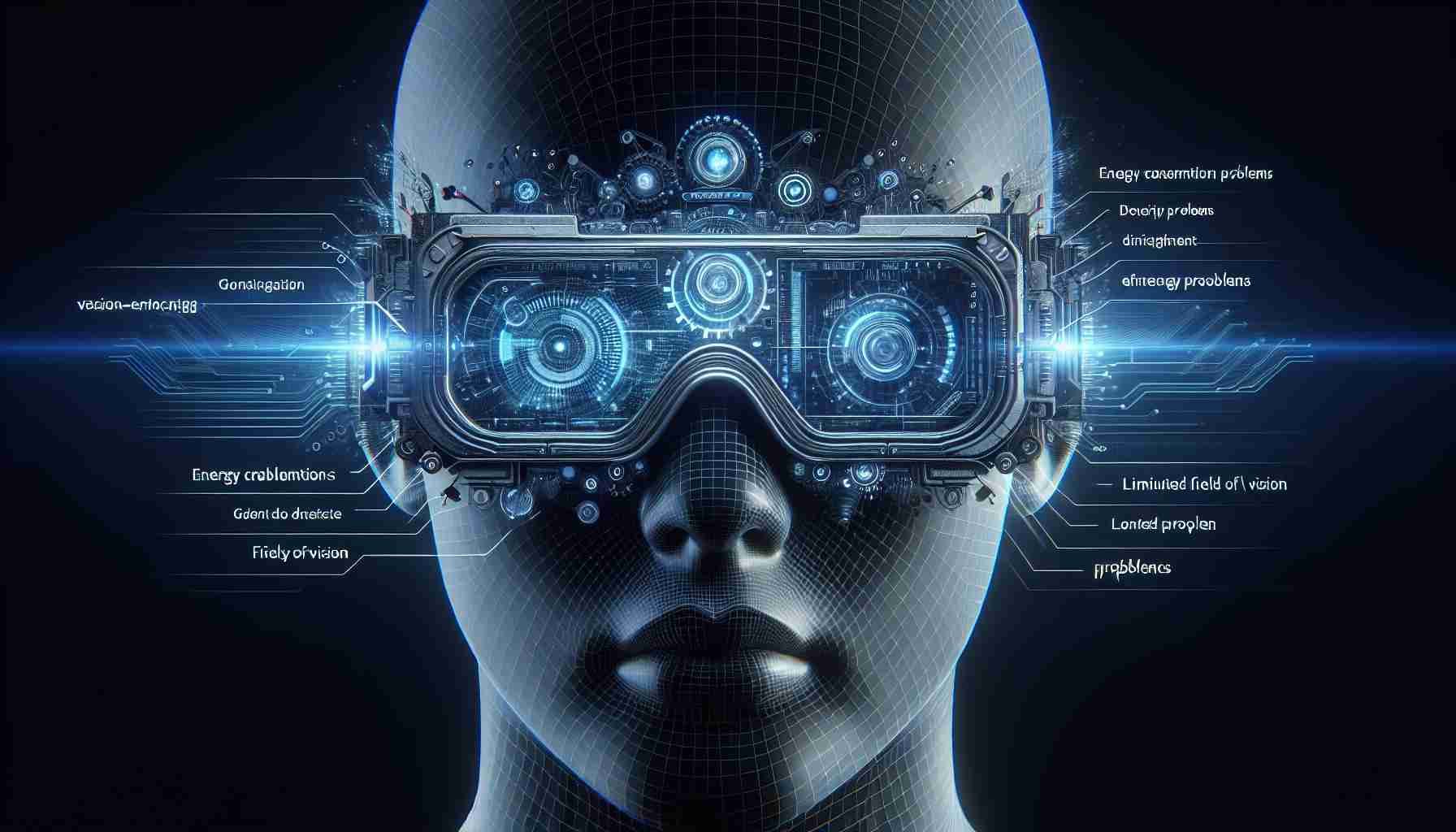Apple’s highly anticipated Vision Pro headset combines impressive hardware and software, but it certainly falls short in some areas. Let’s delve into the challenges faced by Vision Pro users, including battery inconveniences and a narrow field of view.
When it comes to battery placement, Apple opted for a tethered approach with a separate battery pack. While this helps distribute the weight and prevent heat transfer to the headset, it introduces its own set of issues. Users constantly have to navigate the cable, ensuring it doesn’t hinder their movements or get accidentally tugged. The battery tether is significantly shorter than what is found on PC VR or PlayStation VR2 headsets, making it even more cumbersome. In comparison, other headsets like the Quest 3 offer a much more streamlined experience, allowing users to simply put it on and move freely without the hassle of extra wires.
The battery capacity of Vision Pro is undeniably impressive, almost double that of the Quest 3. However, this revelation leads many to question the true purpose of such a robust battery. It becomes clear that reducing the headset’s weight was not a priority for Apple. Instead, the hefty battery seems to serve as a means to provide longer usage time. While Apple claims an advertised 2-hour battery life, it’s worth noting that users can connect a USB-C power source for indefinite usage. Many complaints about battery life are often exaggerated, especially considering that Vision Pro’s target audience primarily uses the device in seated scenarios.
Another major drawback of Vision Pro is its limited vertical field of view. While the horizontal view is comparable to the Quest 2, the vertical aspect feels noticeably narrower than any Quest variant. This narrow field of view becomes an issue during immersive experiences, navigating productivity scenarios, or even walking around, as the ground below is obscured. Furthermore, the thickness of the light seal, also known as the facial interface, is responsible for this limitation. Apple offers various light seal sizes to accommodate different users, but even the thinnest option narrows the field of view significantly.
Ultimately, Apple’s Vision Pro offers a powerful AR/VR experience, but it’s crucial to acknowledge its shortcomings. The battery placement and limited field of view make it less user-friendly compared to other headsets on the market. While Vision Pro undoubtedly packs impressive technology, potential buyers should carefully consider these challenges before making a purchase.
Frequently Asked Questions (FAQ) about Apple’s Vision Pro headset:
1. What is the battery placement like for the Vision Pro headset?
Apple chose a tethered approach with a separate battery pack for the Vision Pro headset. This helps distribute weight and prevent heat transfer, but it introduces challenges such as managing the cable and ensuring it doesn’t hinder movements or get accidentally tugged.
2. How does the battery tether of the Vision Pro headset compare to other headsets?
The battery tether of the Vision Pro headset is significantly shorter than what is found on PC VR or PlayStation VR2 headsets, making it more cumbersome. Other headsets like the Quest 3 offer a more streamlined experience with fewer wires.
3. What is the battery capacity of the Vision Pro headset?
The Vision Pro headset has an impressive battery capacity, almost double that of the Quest 3. However, the purpose of such a robust battery is questioned since reducing the headset’s weight does not seem to be a priority for Apple. The large battery provides longer usage time, and users can also connect a USB-C power source for indefinite usage.
4. What is the drawback of the Vision Pro headset in terms of field of view?
The Vision Pro headset has a limited vertical field of view compared to any Quest variant. While the horizontal view is comparable to the Quest 2, the vertical aspect feels noticeably narrower. This can be challenging during immersive experiences, productivity scenarios, or walking around as the ground below is obscured.
5. What is responsible for the limited field of view in the Vision Pro headset?
The thickness of the light seal, also known as the facial interface, is responsible for the limited field of view in the Vision Pro headset. Apple offers different light seal sizes, but even the thinnest option narrows the field of view significantly.
6. Is it still worth considering purchasing the Vision Pro headset despite its shortcomings?
Yes, the Vision Pro headset offers a powerful AR/VR experience. However, potential buyers should carefully consider the challenges mentioned, such as the battery placement and limited field of view, before making a purchase.
Key Terms and Jargon:
– Vision Pro: Apple’s highly anticipated headset combining augmented reality (AR) and virtual reality (VR) technologies.
– Battery tether: The cable that connects the headset to the separate battery pack of the Vision Pro headset.
– Quest 3: A headset from another brand that provides a more streamlined experience compared to the Vision Pro.
– Field of view: The extent of the observable world that can be seen at any given moment through the headset.
– Light seal/Facial interface: The part of the headset that rests against the user’s face, creating a seal to block out external light.
Suggested Related Links:
– Apple (Main domain for Apple’s official website)
– Oculus Quest 3 (Main domain for Oculus Quest 3)
